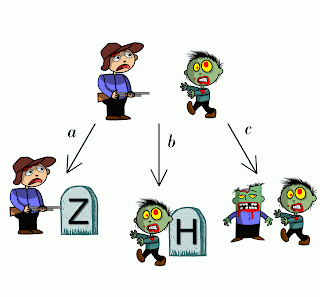Figure 1. Illustrations of how to measure the dimension of a fractal by covering it in boxes of different lengths.
Figure 2. The Koch snowflake is a very famous fractal. Normally, it is constructed using an equilateral triangle. Here, I alter the angle to make it isosceles. What do you think that might do to the dimension?

Figure 3. The Koch snowflake is constructed by replacing the middle third of a triangle with a triangle a third of the size. Normally, all the triangles are taken to point outwards. However, above I randomise this process.
Figure 4. If you put three of the randomised Koch snowflakes together you get something that looks like a medieval map of Britain














